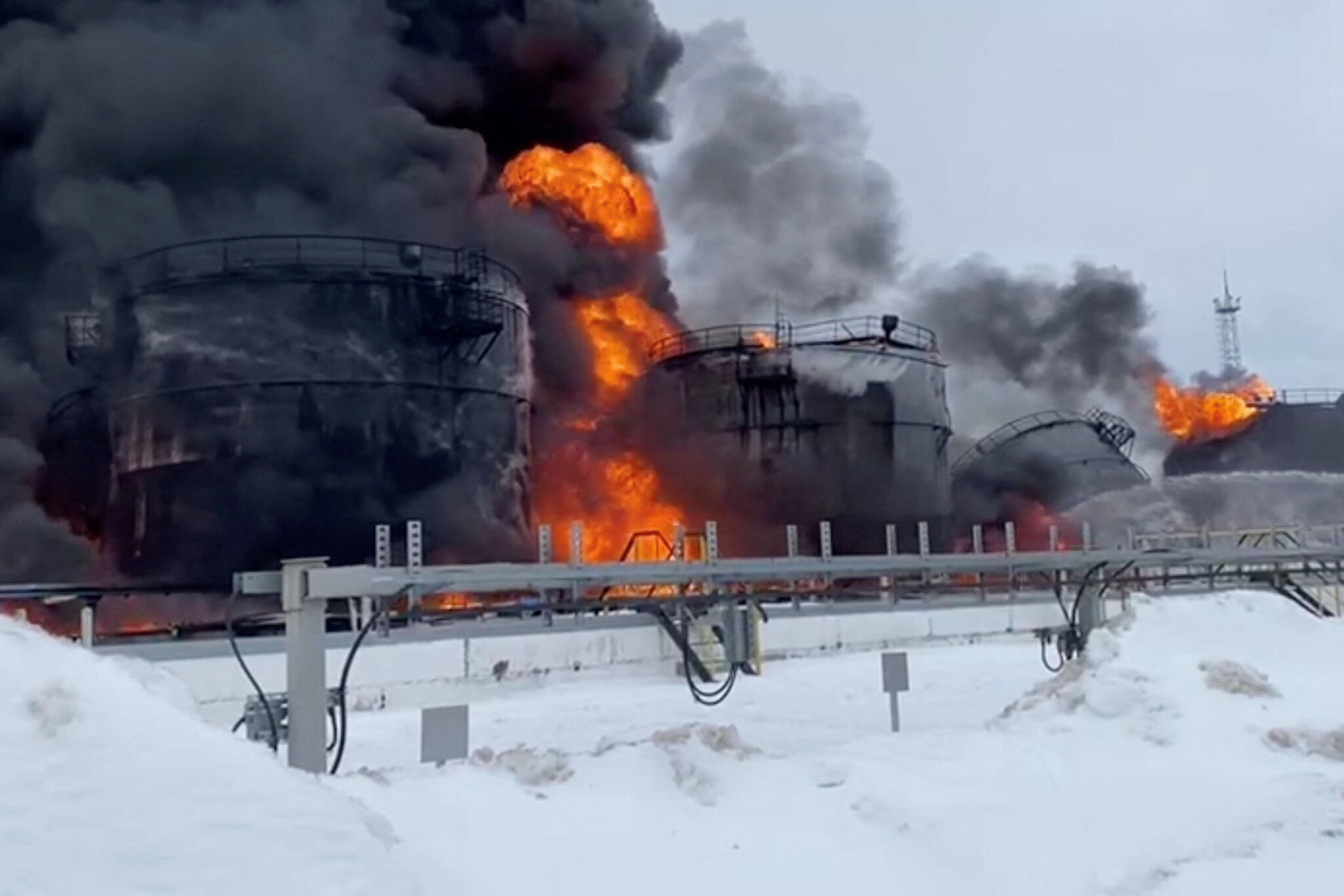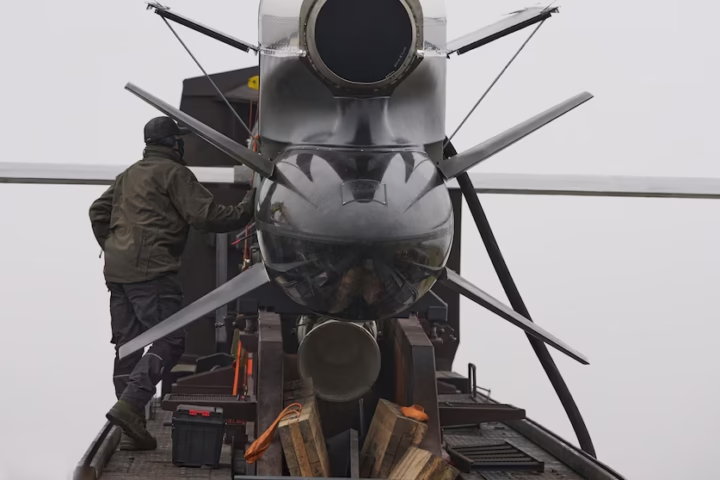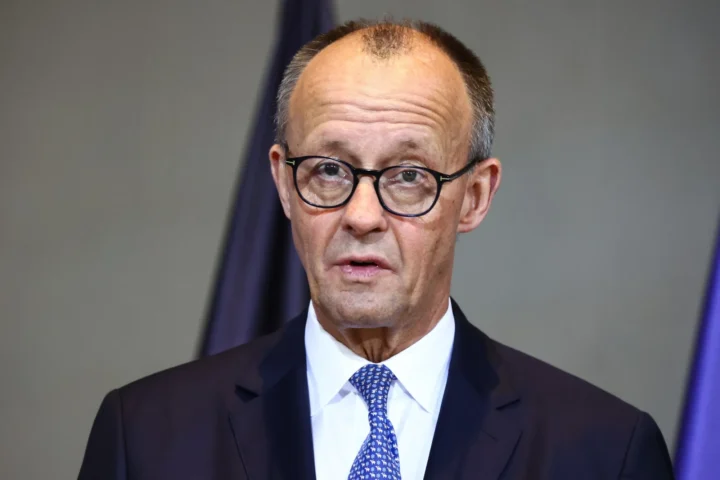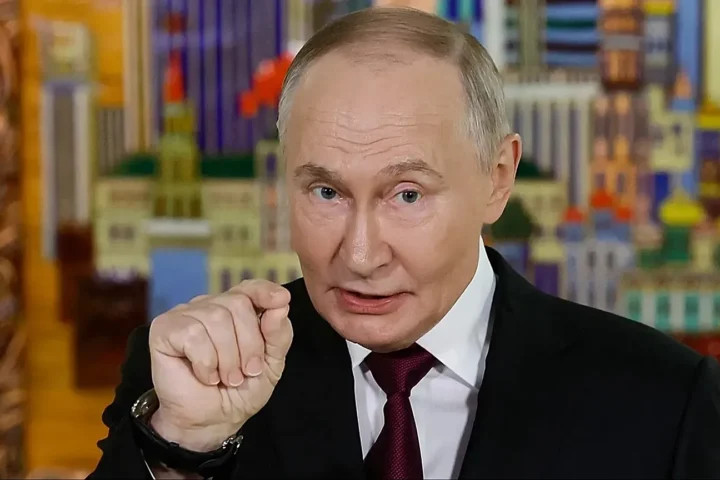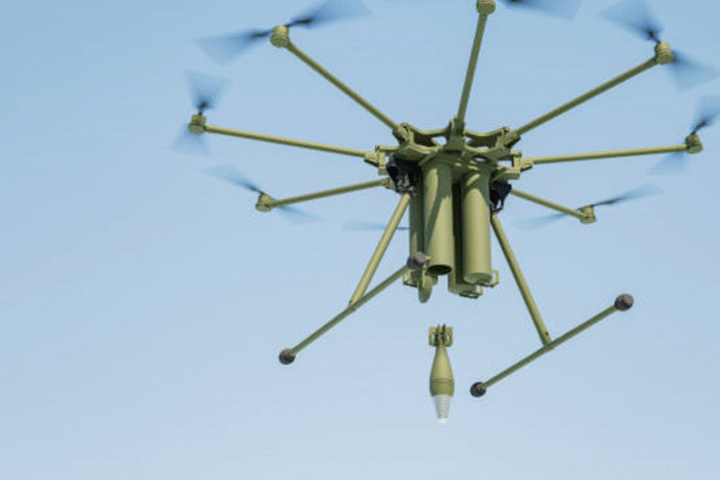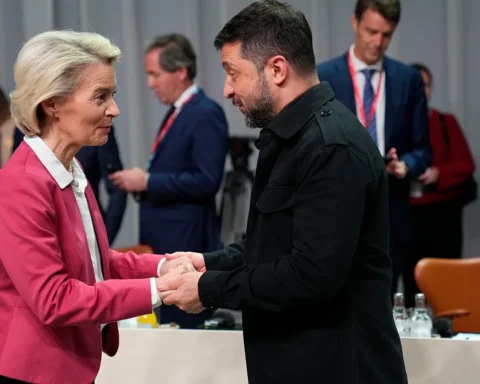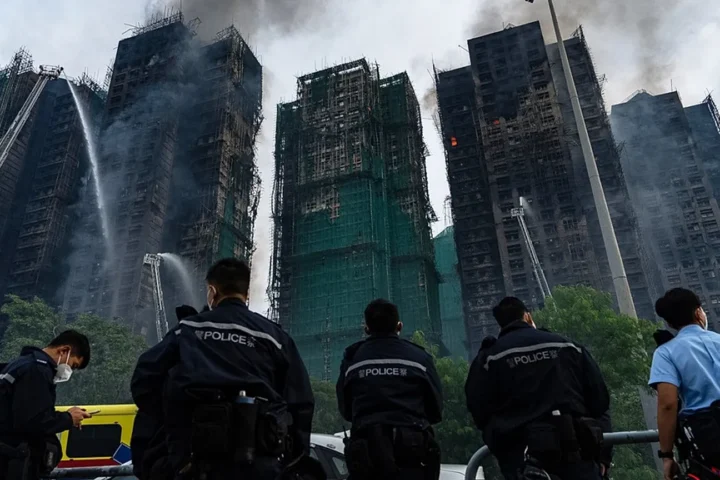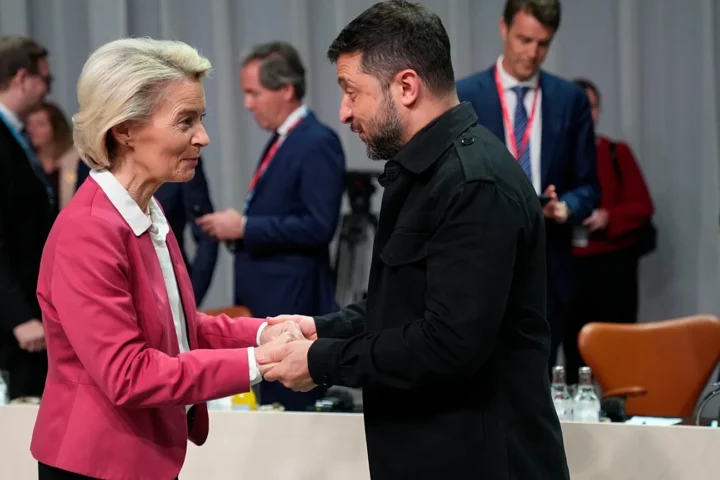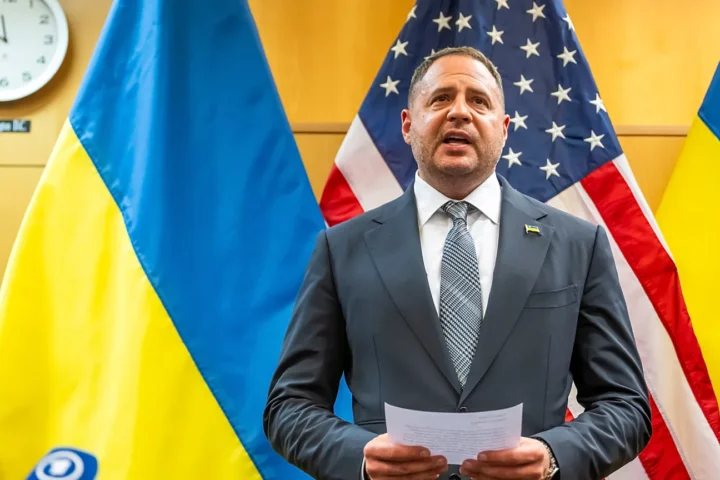Ukraine has claimed responsibility for a series of coordinated drone strikes targeting a Russian ammunition production facility and a key oil terminal, marking one of the most significant cross-border operations since the start of the war. The attacks, which took place overnight, were aimed at disrupting Russia’s military logistics and energy infrastructure as the conflict continues to intensify deep inside Russian territory.
According to Ukrainian defense sources, the operation involved long-range unmanned aerial vehicles (UAVs) designed to strike strategic industrial targets. The drones reportedly hit a munitions plant in the Bryansk region and an oil terminal in the Leningrad region. Preliminary reports indicate that both facilities suffered extensive damage, with secondary explosions suggesting that ammunition and fuel depots were directly impacted.
Russia’s Emergency Situations Ministry confirmed that fires broke out at both locations but stopped short of acknowledging the cause. Officials described the incidents as “accidents” while claiming that several incoming drones were intercepted by Russian air defenses. Social media footage shared by local residents, however, showed large fireballs lighting up the night sky and columns of smoke rising from industrial areas.
Strategic Shift in Ukraine’s Tactics
Military analysts view the strikes as part of Ukraine’s ongoing campaign to weaken Russia’s capacity to sustain its front-line operations. Since mid-2024, Kyiv has increasingly relied on drone technology to penetrate hundreds of kilometers into Russian territory — a strategy aimed at exhausting Moscow’s resources while avoiding large-scale troop losses.
“These attacks are not symbolic; they’re strategic,” said a senior Ukrainian defense official, speaking on condition of anonymity. “Every missile and shell that fails to reach the front because we’ve disrupted supply lines saves Ukrainian lives.”
The operation also underscores Kyiv’s growing domestic drone production capabilities. After months of Western hesitation to provide long-range strike systems, Ukraine has invested heavily in developing its own drone industry, allowing it to conduct deeper and more frequent strikes without relying solely on foreign aid.
Russian Reaction and Propaganda Response
Moscow has condemned the attacks as “terrorist acts” and vowed retaliation. Kremlin spokesperson Dmitry Peskov accused Ukraine of targeting civilian infrastructure and warned that such actions would not go unanswered. Russian state media quickly circulated footage of emergency crews battling fires, accompanied by statements that the situation was “under control.”
Despite these assurances, the attacks have once again highlighted Russia’s vulnerability to long-range precision strikes. The destruction of energy and industrial assets could compound the country’s already strained wartime economy, which is heavily dependent on oil exports and defense production.
Economic and Political Implications
Analysts suggest that the strike on the oil terminal could have a direct impact on Russia’s export capacity, potentially disrupting deliveries to European and Asian buyers. While the global oil market has remained stable so far, even minor interruptions in Russian output could drive up prices, especially amid ongoing geopolitical uncertainty.
Politically, the attacks come at a crucial time. As Ukraine presses Western allies for additional air defense and funding, demonstrating its ability to hit strategic Russian assets serves as both a deterrent and a message — that Kyiv retains initiative and technical sophistication despite battlefield challenges.
A Message Beyond the Battlefield
Beyond the immediate military objectives, the strikes carry symbolic weight. They signal to both domestic and international audiences that Ukraine is not confined to defensive operations. Instead, it is capable of shaping the course of the war by taking the fight to the heart of Russia’s war machine.
“This is psychological warfare as much as it is tactical,” said Dr. Olena Kryvchuk, a Kyiv-based security analyst. “Every successful hit inside Russia undermines the myth of Moscow’s invincibility and boosts morale across Ukraine.”
The Road Ahead
As the war enters its third year, the frequency and scale of Ukrainian drone attacks are expected to increase. With Western nations gradually easing restrictions on the use of their weapons systems and Ukraine’s own drone industry maturing, future strikes may target even more critical nodes of Russia’s economy and military infrastructure.
While Moscow continues to project confidence, experts warn that sustained pressure on its industrial backbone could erode its ability to sustain a prolonged conflict.
For Ukraine, these attacks represent not just retaliation but evolution — a transformation from a defensive stance to a calculated offensive strategy built on technological ingenuity and asymmetric warfare.
In short, the night sky over Russia has become part of the battlefield — and the drones that once symbolized defense now embody Ukraine’s determination to strike at the heart of its aggressor’s war machine.
